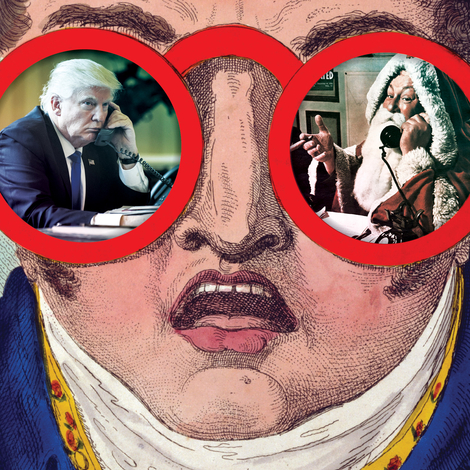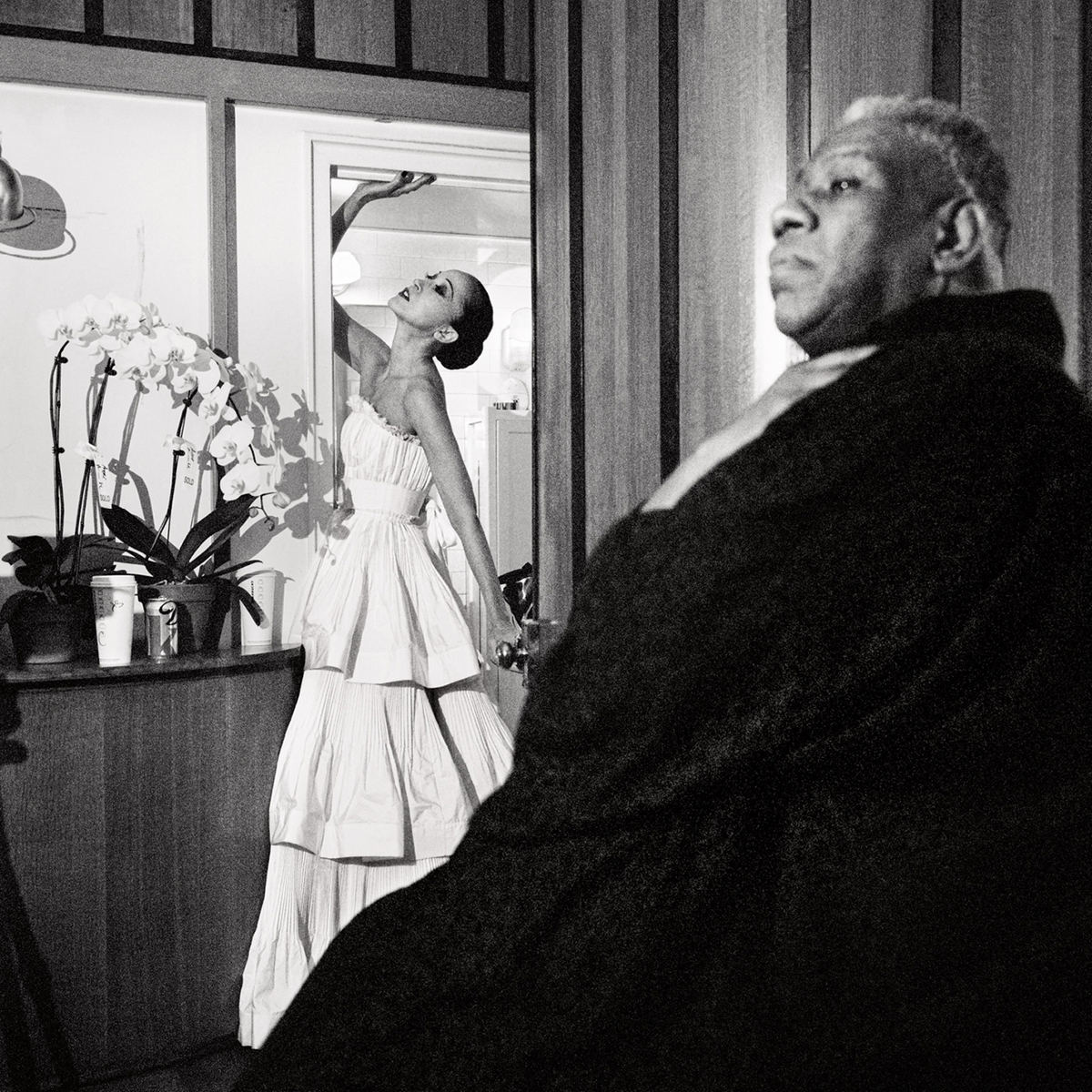In 1974, when a young Jonathan Becker met Brassaï for the first time, the veteran photographer was depressed. “You have to understand,” he said over lunch at Paris’s Place Denfert-Rochereau, “all my friends are dead.”
Pablo Picasso had died from a pulmonary embolism in April 1973, in Mougins. Marcel Duchamp and Jaime Sabartés had died in 1968. The moping didn’t deter Becker. He was a lively 19-year-old who had taken a summer class at Harvard and had secured a meeting with Brassaï by mailing his thesis to the master’s mailbox.
The meeting went well. Becker remained in France and studied under Brassaï for a year. He would later describe the relationship as “the saving grace of [his] life.” On their very first day together, Becker made a portrait of the ghostly photographer wearing a Russian-style ushanka hat. Eight years later, he shot him again: Brassaï was in his garden in Èze, walking with a peculiar lightness, as if he were beginning to leave the world.

In 1975, Becker’s return to his native New York proved triumphant. He hung out at Elaine’s, the clubby restaurant near East 88th Street, where everyone from Woody Allen to Andy Warhol drank martinis. He moonlighted as a cab driver—and met the queen of magazines, Diana Vreeland, when she flagged him for a ride. He photographed his subjects, including Vreeland, in a Surrealist style grounded in realism, a nod to his nocturnally inclined mentor. A perfectly geometric portrait of a cheery man wearing a hat, for example, was set against shabby graffiti. Becker understood that it was the contrast that made poetry.
In 1988, Becker photographed the radical Robert Mapplethorpe at the opening night of his Whitney Museum solo exhibition. Mapplethorpe’s career was ascending, but his body had visibly succumbed to the ravages of AIDS. Becker captured the tragic reversal for a Vanity Fair spread titled “Robert Mapplethorpe’s Proud Finale.” As Tom Armstrong, the museum’s director, later commented, “No one expected him to live for the opening, and there he was, on a high.” And Becker got it, in all its cultural and emotional complexity.

Over the next 30 years at Vanity Fair, during the tenure of AIR MAIL’s Co-Editor Graydon Carter, Becker caught countless “decisive moments”—Martha Graham, Madonna, and Calvin Klein sharing a laugh; Patricia Herrera looking like a bonbon in a floral gown against floral wallpaper; Jocelyn Wildenstein with her five Italian greyhounds, dressed up and ready for a walk.
In Jonathan Becker: Lost Time, more than 200 photographs stand for a career. The book begins with an essay by the seasoned editor Mark Holborn, who reminisces about a small, weathered copy of Brassaï’s Proust in the Power of Photography, which Becker sent him in 2009.
“In Brassaï’s text lies a code,” Holborn writes, “that brings cohesion to Jonathan’s range of subjects and disparate locations, evidence of his highly transitory life as a committed traveler.”
“Both Holborn and Phaidon understood,” Becker tells me, “it’s just about looking at pictures. There’s no pretense…” —Elena Clavarino
Elena Clavarino is a Senior Editor at AIR MAIL










